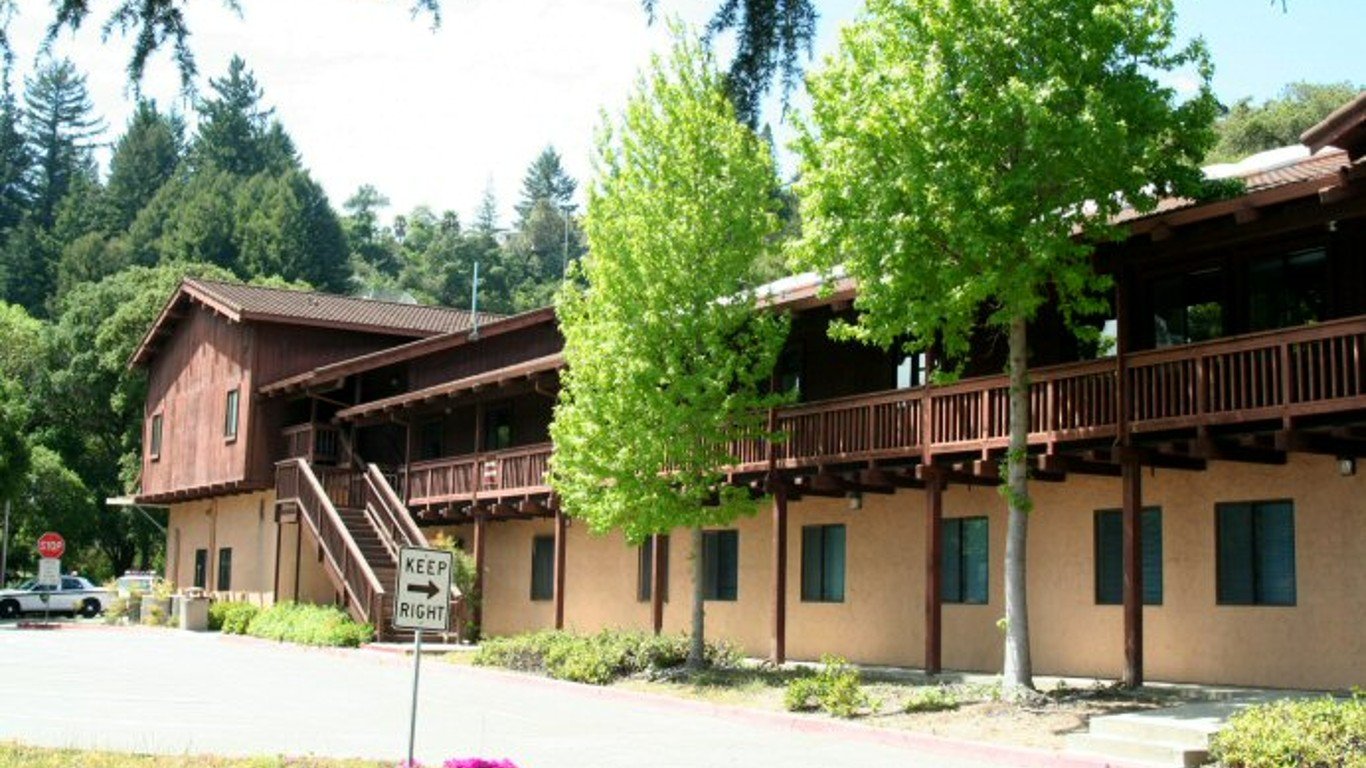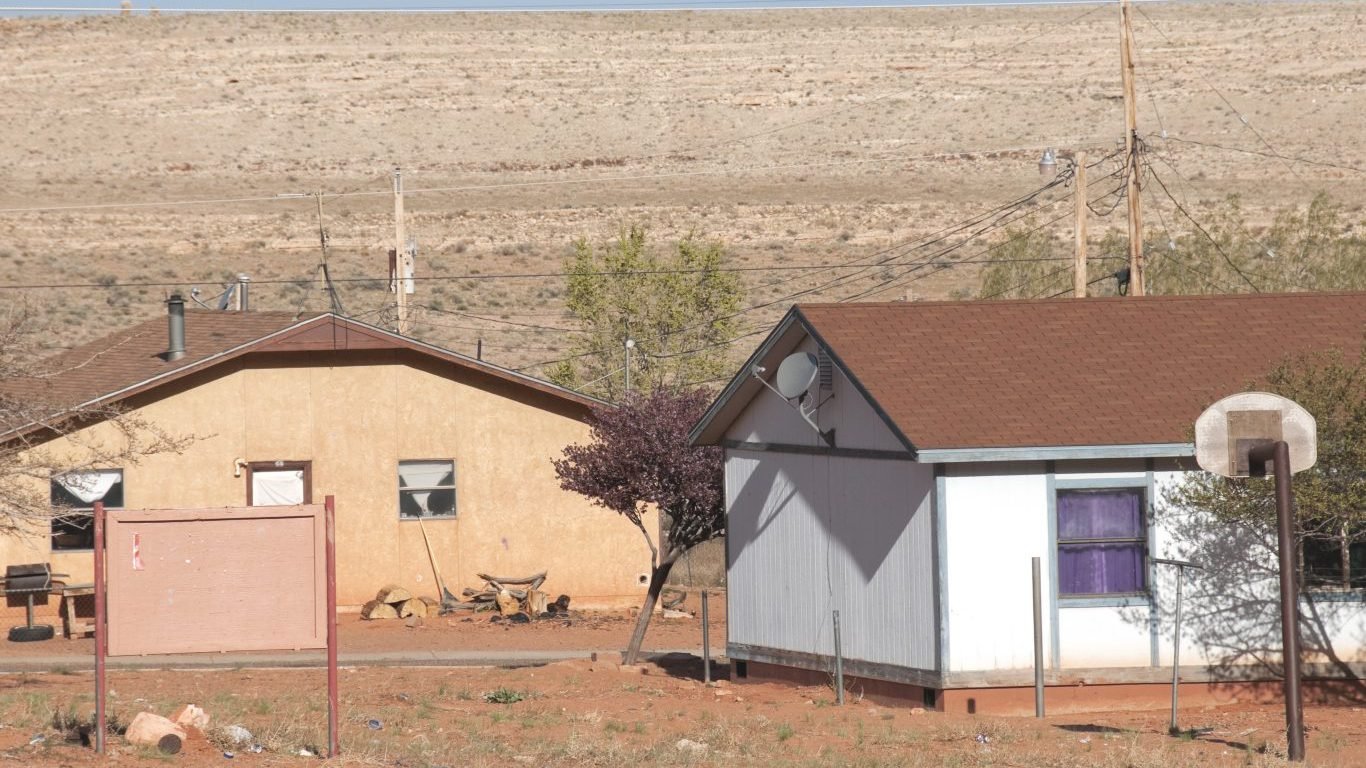

With travel significantly curtailed over the last two years, people have been spending more time at home. This means living in a desirable area has never been more important for Americans. People want to live in an area that is affordable, safe, and convenient — factors essential to providing a high quality of life.
While there are desirable places to live all across the country, many people choose to live in the West. The region offers pleasant weather conducive to numerous outdoor activities like hiking, swimming, surfing, or skiing. Residents in Western states tend to be among the healthiest in the country. The West also has a booming tech sector that provides many high-paying jobs. The region has much to offer, and many of its cities stand out as especially good places to live.
To identify the best cities to live in the West, 24/7 Wall St. used data from the Census Bureau, FBI, and Centers for Disease Control and Prevention to create a weighted index of 25 measures across four categories: affordability, economy, quality of life, and community. Only communities in the 13 states in the West region, as designated by the U.S. Census Bureau, were considered.
California cities dominate the list of best cities to live in the West, as it is by far the region’s largest and most populous state. Of the 50 best cities to live in the region, 30 are located in the Golden State. These cities are spread across California — many in and around Los Angeles, the San Francisco Bay Area, and Silicon Valley. Eight of the best cities are in Colorado, and four are in Washington. Five of the 13 Western states do not have a single city on the list.
Living in one of the region’s most desirable communities is not attainable for everyone. Residents of the best cities to live in the West tend to have relatively high incomes compared to other places in the region, a fact reflected in the areas’ home values. Many of these areas have median home values well above the median nationwide. These are the most expensive towns to buy a home in the nation.
Click here to see the best cities to live in the West
Click here to see our detailed methodology

50. Broomfield, Colorado
> Population: 67,886
> 5-yr. population change: +15.0%
> Median household income: $96,416
> 5-yr. unemployment rate: 3.2%
[in-text-ad]
49. Meridian, Idaho
> Population: 101,905
> 5-yr. population change: +25.8%
> Median household income: $71,389
> 5-yr. unemployment rate: 3.7%
48. Lynden, Washington
> Population: 14,281
> 5-yr. population change: +13.5%
> Median household income: $66,085
> 5-yr. unemployment rate: 3.7%
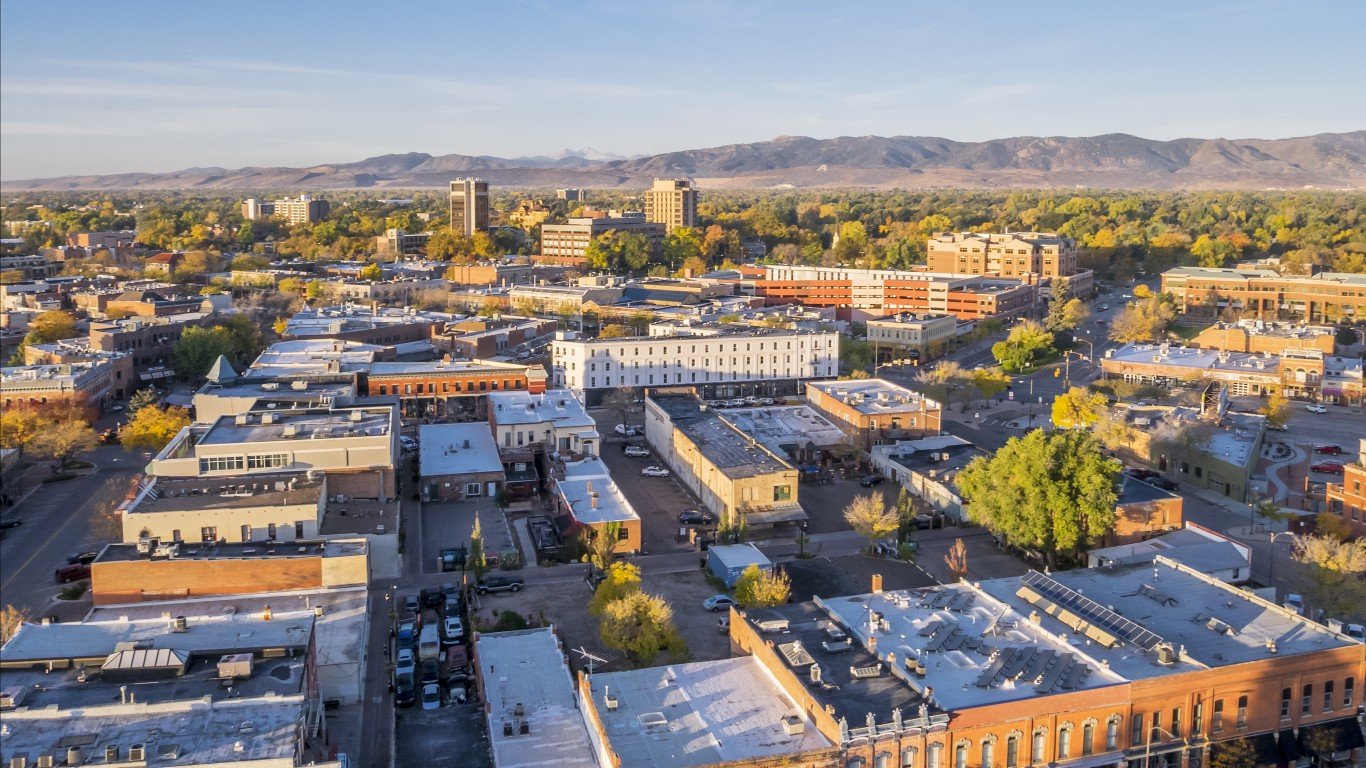
47. Fort Collins, Colorado
> Population: 165,609
> 5-yr. population change: +10.7%
> Median household income: $65,866
> 5-yr. unemployment rate: 5.4%
[in-text-ad-2]
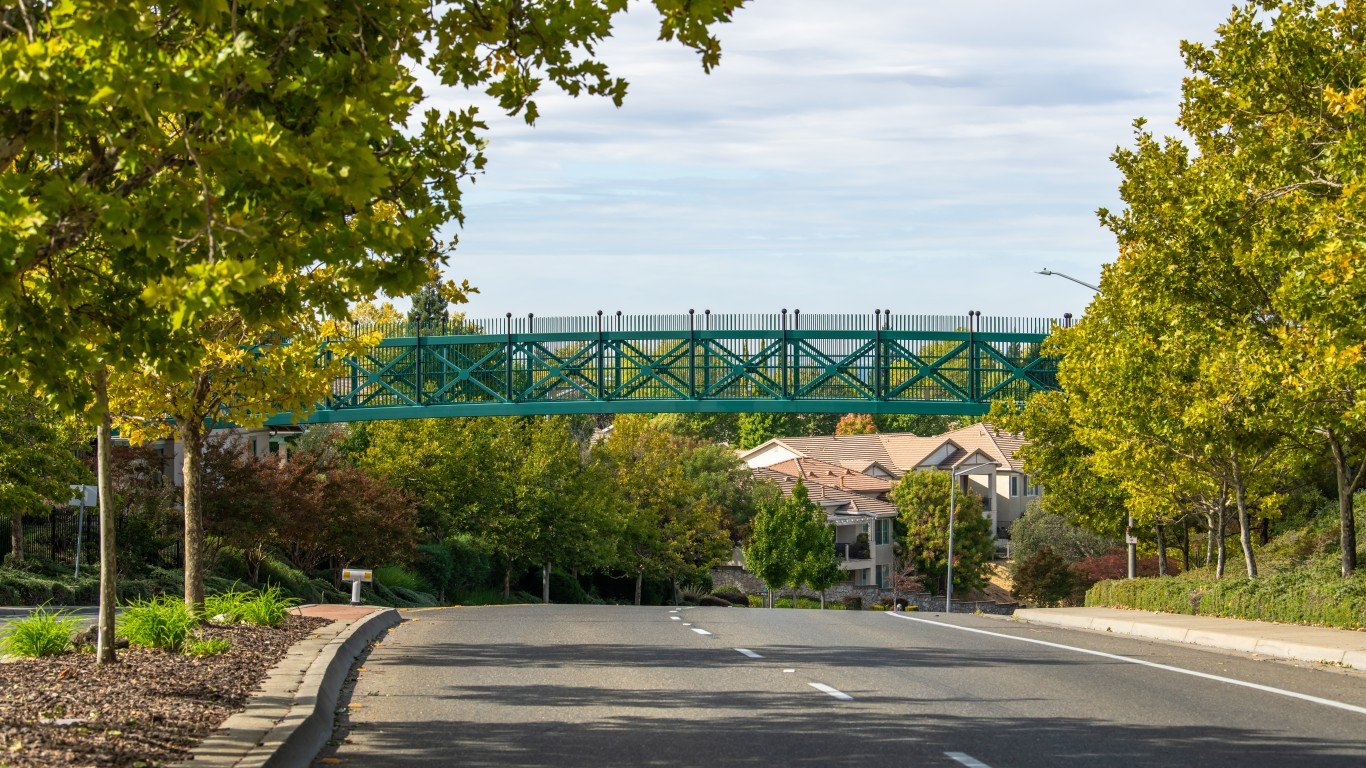
46. Rocklin, California
> Population: 64,835
> 5-yr. population change: +9.9%
> Median household income: $98,566
> 5-yr. unemployment rate: 4.4%

45. Folsom, California
> Population: 78,159
> 5-yr. population change: +6.6%
> Median household income: $114,405
> 5-yr. unemployment rate: 3.1%
[in-text-ad]
44. South Lake Tahoe, California
> Population: 21,939
> 5-yr. population change: +2.5%
> Median household income: $49,390
> 5-yr. unemployment rate: 7.3%

43. Mukilteo, Washington
> Population: 21,336
> 5-yr. population change: +3.4%
> Median household income: $108,536
> 5-yr. unemployment rate: 5.1%
42. Camas, Washington
> Population: 23,200
> 5-yr. population change: +13.4%
> Median household income: $111,584
> 5-yr. unemployment rate: 3.3%
[in-text-ad-2]
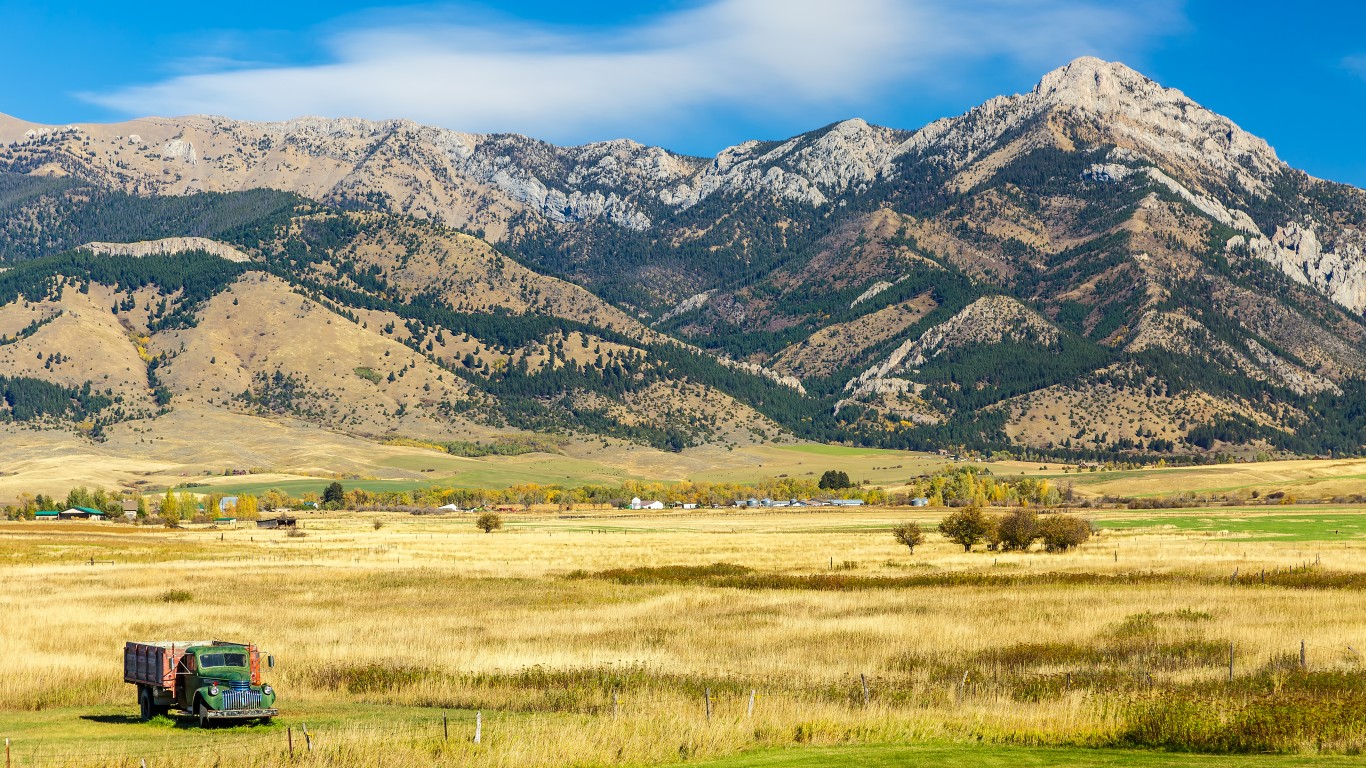
41. Belgrade, Montana
> Population: 8,685
> 5-yr. population change: +13.9%
> Median household income: $59,146
> 5-yr. unemployment rate: 2.9%

40. Benicia, California
> Population: 28,192
> 5-yr. population change: +2.7%
> Median household income: $103,413
> 5-yr. unemployment rate: 2.7%
[in-text-ad]
39. Upland, California
> Population: 76,596
> 5-yr. population change: +2.0%
> Median household income: $72,782
> 5-yr. unemployment rate: 4.8%

38. Castle Rock, Colorado
> Population: 62,417
> 5-yr. population change: +20.5%
> Median household income: $109,700
> 5-yr. unemployment rate: 2.9%

37. Pismo Beach, California
> Population: 8,180
> 5-yr. population change: +5.0%
> Median household income: $84,484
> 5-yr. unemployment rate: 2.7%
[in-text-ad-2]

36. Lake Oswego, Oregon
> Population: 39,127
> 5-yr. population change: +4.9%
> Median household income: $108,927
> 5-yr. unemployment rate: 3.9%

35. Beaverton, Oregon
> Population: 97,861
> 5-yr. population change: +5.7%
> Median household income: $71,806
> 5-yr. unemployment rate: 4.7%
[in-text-ad]

34. Lafayette, Colorado
> Population: 28,742
> 5-yr. population change: +11.4%
> Median household income: $83,342
> 5-yr. unemployment rate: 3.3%

33. Moorpark, California
> Population: 36,372
> 5-yr. population change: +3.8%
> Median household income: $107,820
> 5-yr. unemployment rate: 4.3%
32. Sherwood, Oregon
> Population: 19,625
> 5-yr. population change: +5.0%
> Median household income: $103,512
> 5-yr. unemployment rate: 1.8%
[in-text-ad-2]
31. Bluffdale, Utah
> Population: 13,403
> 5-yr. population change: +61.1%
> Median household income: $116,454
> 5-yr. unemployment rate: 2.6%

30. Capitola, California
> Population: 10,121
> 5-yr. population change: +0.8%
> Median household income: $71,059
> 5-yr. unemployment rate: 1.2%
[in-text-ad]
29. Cottonwood Heights, Utah
> Population: 34,036
> 5-yr. population change: +0.3%
> Median household income: $93,564
> 5-yr. unemployment rate: 3.0%

28. Parker, Colorado
> Population: 54,352
> 5-yr. population change: +14.4%
> Median household income: $110,934
> 5-yr. unemployment rate: 2.9%

27. Erie, Colorado
> Population: 24,223
> 5-yr. population change: +25.5%
> Median household income: $119,555
> 5-yr. unemployment rate: 3.8%
[in-text-ad-2]

26. Thousand Oaks, California
> Population: 127,873
> 5-yr. population change: -0.2%
> Median household income: $109,378
> 5-yr. unemployment rate: 4.5%

25. Truckee, California
> Population: 16,474
> 5-yr. population change: +1.7%
> Median household income: $97,092
> 5-yr. unemployment rate: 1.8%
[in-text-ad]
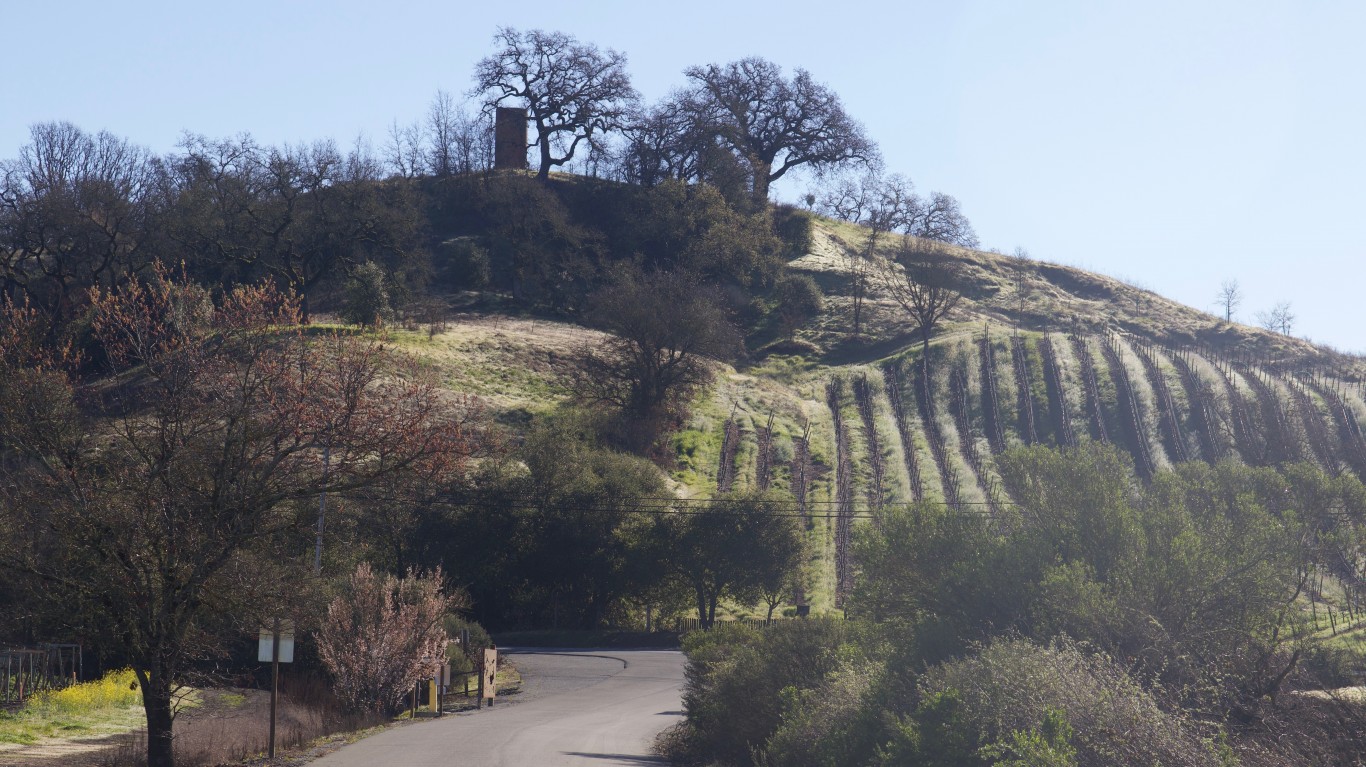
24. Windsor, California
> Population: 27,447
> 5-yr. population change: +1.2%
> Median household income: $106,899
> 5-yr. unemployment rate: 4.1%

23. Healdsburg, California
> Population: 11,845
> 5-yr. population change: +3.3%
> Median household income: $96,016
> 5-yr. unemployment rate: 2.9%
22. Scotts Valley, California
> Population: 11,863
> 5-yr. population change: +1.3%
> Median household income: $108,289
> 5-yr. unemployment rate: 3.6%
[in-text-ad-2]
21. Goleta, California
> Population: 30,975
> 5-yr. population change: +2.1%
> Median household income: $98,005
> 5-yr. unemployment rate: 5.5%
20. Lone Tree, Colorado
> Population: 12,923
> 5-yr. population change: +4.8%
> Median household income: $120,392
> 5-yr. unemployment rate: 2.8%
[in-text-ad]

19. Durango, Colorado
> Population: 18,588
> 5-yr. population change: +7.6%
> Median household income: $66,160
> 5-yr. unemployment rate: 4.8%
18. Bainbridge Island, Washington
> Population: 24,486
> 5-yr. population change: +5.5%
> Median household income: $117,990
> 5-yr. unemployment rate: 3.1%

17. San Francisco, California
> Population: 874,961
> 5-yr. population change: +5.5%
> Median household income: $112,449
> 5-yr. unemployment rate: 4.2%
[in-text-ad-2]

16. Monterey, California
> Population: 28,352
> 5-yr. population change: +1.1%
> Median household income: $80,694
> 5-yr. unemployment rate: 3.0%
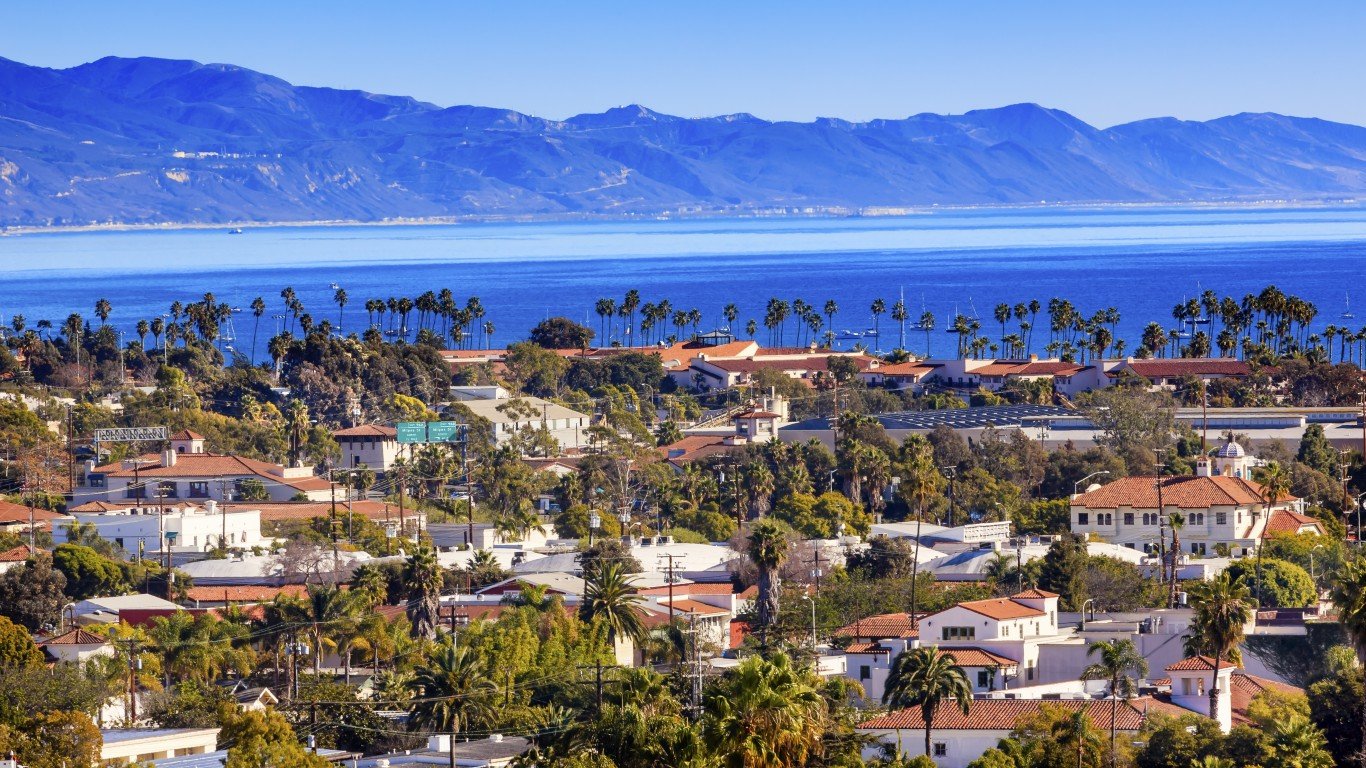
15. Santa Barbara, California
> Population: 91,376
> 5-yr. population change: +1.9%
> Median household income: $76,606
> 5-yr. unemployment rate: 3.8%
[in-text-ad]

14. Solana Beach, California
> Population: 13,356
> 5-yr. population change: +1.6%
> Median household income: $108,118
> 5-yr. unemployment rate: 3.2%

13. Coronado, California
> Population: 23,639
> 5-yr. population change: -2.9%
> Median household income: $108,967
> 5-yr. unemployment rate: 4.3%

12. Paradise Valley, Arizona
> Population: 14,362
> 5-yr. population change: +8.4%
> Median household income: $211,393
> 5-yr. unemployment rate: 2.1%
[in-text-ad-2]

11. Orinda, California
> Population: 19,646
> 5-yr. population change: +6.8%
> Median household income: $223,217
> 5-yr. unemployment rate: 3.8%

10. Laguna Beach, California
> Population: 23,036
> 5-yr. population change: -0.3%
> Median household income: $129,983
> 5-yr. unemployment rate: 6.0%
[in-text-ad]

9. San Marino, California
> Population: 13,194
> 5-yr. population change: -0.8%
> Median household income: $166,607
> 5-yr. unemployment rate: 1.8%
8. Manhattan Beach, California
> Population: 35,500
> 5-yr. population change: -0.1%
> Median household income: $153,023
> 5-yr. unemployment rate: 5.1%

7. Newport Beach, California
> Population: 85,694
> 5-yr. population change: -1.0%
> Median household income: $127,223
> 5-yr. unemployment rate: 3.1%
[in-text-ad-2]
6. Malibu, California
> Population: 12,620
> 5-yr. population change: -1.6%
> Median household income: $150,747
> 5-yr. unemployment rate: 3.5%

5. Los Altos, California
> Population: 30,504
> 5-yr. population change: +2.5%
> Median household income: $235,278
> 5-yr. unemployment rate: 3.3%
[in-text-ad]
4. Piedmont, California
> Population: 11,317
> 5-yr. population change: +3.3%
> Median household income: $224,659
> 5-yr. unemployment rate: 3.9%

3. Palo Alto, California
> Population: 66,573
> 5-yr. population change: +0.9%
> Median household income: $158,271
> 5-yr. unemployment rate: 3.2%
2. Tiburon, California
> Population: 9,144
> 5-yr. population change: +0.5%
> Median household income: $154,915
> 5-yr. unemployment rate: 2.7%
[in-text-ad-2]
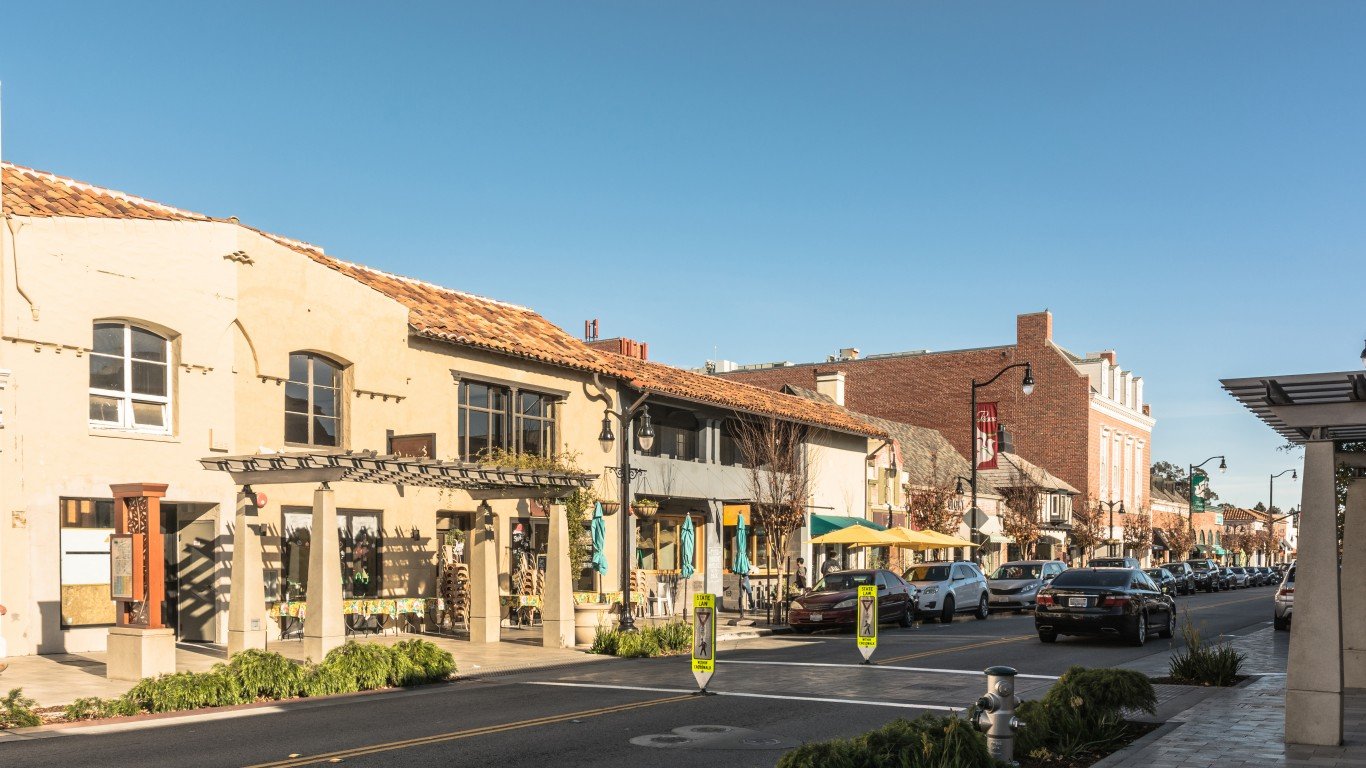
1. Burlingame, California
> Population: 30,576
> 5-yr. population change: +3.2%
> Median household income: $128,447
> 5-yr. unemployment rate: 4.7%
Methodology
To identify the best cities to live in, 24/7 Wall St. created a weighted index of 25 measures across four categories: affordability, economy, quality of life, and community.
1.) The affordability category consists of three measures:
- The ratio of median home value to median household income was included at full weight.
- Median property taxes paid as a percentage of median home value was included at one-fourth weight.
- Regional price parity, a measure of cost of living, was included at full weight.
2.) The economy category consists of four measures:
- Median home value was included at full weight.
- Employment growth from 2015 to 2019 was included at one-half weight.
- The ratio of the number of employed workers to the total population was included at one-half weight.
- The unemployment rate was included at full weight.
3.) The quality of life category consists of six measures:
- The poverty rate was included at full weight.
- The share of the population in urban census tracts at least 1 mile from a grocery store and in rural census tracts at least 10 miles from a grocery store, a measure of poor food access, was included at full weight.
- The distance from the city center to the nearest hospital was included at full weight.
- The percentage of patients discharged from acute care hospitals who were readmitted to the hospital within 30 days was included at full weight.
- The percentage of heart attack, coronary artery bypass grafting (CABG) surgery, chronic obstructive pulmonary disease (COPD), heart failure, pneumonia, and stroke patients who passed away within 30 days of treatment was included at full weight.
- The number of drug-related fatalities per 100,000 residents was included at one-fourth weight.
4.) The community category consists of 12 measures:
- The percentage of workers 16 and over commuting by public transit, walking, or other non-car means was included at one-half weight.
- The average travel time to work was included at full weight.
- The number of hospital admissions for conditions that could be treated in an outpatient setting per 1,000 Medicare enrollees — an indication of poor outpatient care and overuse of hospitals — was included at one-half weight.
- The number of violent crimes — homicide, rаpe, robbery, and aggravated assault — reported per 100,000 residents was included at full weight.
- The number of property crimes — burglary, larceny, motor vehicle theft, and arson — reported per 100,000 residents was included at full weight.
- The number of movie theaters per 100,000 residents was included at one-fourth weight.
- The number of libraries and archives per 100,000 residents was included at one-fourth weight.
- The number of theater companies and dinner theaters per 100,000 residents was included at one-fourth weight.
- The number of museums per 100,000 residents was included at one-fourth weight.
- The number of nature parks and similar institutions per 100,000 residents was included at one-fourth weight.
- The number of alcoholic drinking places per 100,000 residents was included at one-fourth weight.
- The number of restaurants and other eating places per 100,000 residents was included at one-fourth weight.
Data on population, employment, unemployment, median home value, median household income, median property taxes paid, commuter characteristics, average travel time to work, and poverty came from the U.S. Census Bureau’s American Community Survey and are five-year estimates for the period 2015 to 2019. Employment data used to calculate five-year employment growth are five-year estimates for the years 2011 to 2015. Data on cost of living came from real estate analysis company ATTOM Data Solutions and is for the year 2014.
Data on the share of the population in urban census tracts or areas at least 1 mile from a grocery store and in rural census tracts at least 10 miles from a grocery store, a measure of poor food access, came from the U.S. Department of Agriculture’s 2020 update to the Food Access Research Atlas and is at the county level.
Data on hospital locations came from the Centers for Medicare & Medicaid Services. Data on 30-day readmission rates and 30-day mortality rates also came from the CMS and are for the period July 2016 to June 2019. Data was aggregated to the city level for cities with at least one hospital, and was aggregated to the county level for cities with no hospitals. Data on the number of drug-related deaths per 100,000 residents per year from the period 2017 to 2019 is from the Centers for Disease Control and Prevention and is at the county level. Data on preventable hospitalizations per 1,000 Medicare enrollees came from the 2021 County Health Rankings and Roadmaps program, a collaboration between the Robert Wood Johnson Foundation and University of Wisconsin Population Health Institute, and is at the county level.
Data on the number of violent crimes and property crimes reported per 100,000 residents came from the FBI’s Uniform Crime Reporting Program and are for the year 2019.
Data on the number of movie theaters, libraries and archives, theater companies and dinner theaters, museums, nature parks and other similar institutions, alcoholic beverage drinking places, and restaurants and other eating places came from the Census Bureau’s 2019 County Business Patterns series and is at the county level.
To avoid geographic clustering, we only took the top-ranking city in a given county. Our list includes cities, towns, villages, boroughs, and census-designated places. We did not include places with fewer than 8,000 residents in our analysis.
Sponsored: Attention Savvy Investors: Speak to 3 Financial Experts – FREE
Ever wanted an extra set of eyes on an investment you’re considering? Now you can speak with up to 3 financial experts in your area for FREE. By simply
clicking here you can begin to match with financial professionals who can help guide you through the financial decisions you’re making. And the best part? The first conversation with them is free.
Click here to match with up to 3 financial pros who would be excited to help you make financial decisions.
Thank you for reading! Have some feedback for us?
Contact the 24/7 Wall St. editorial team.
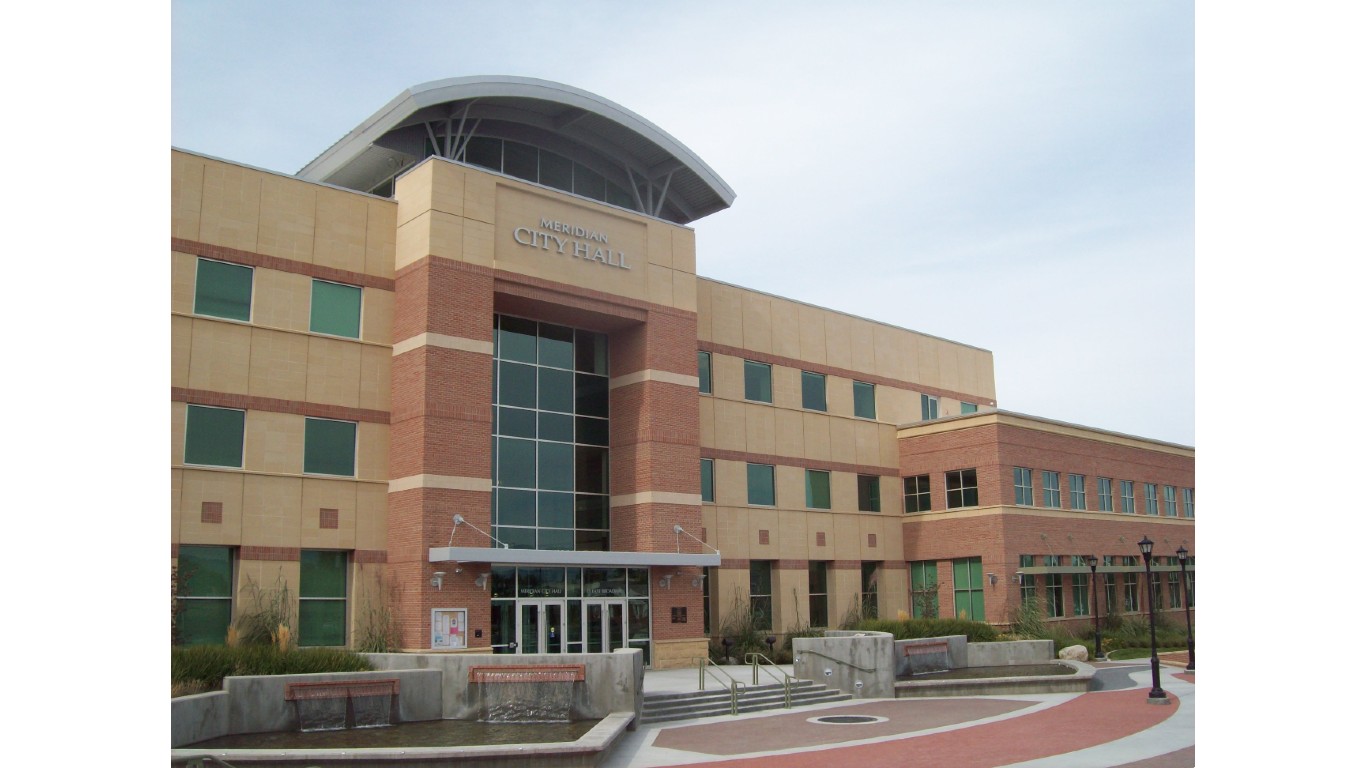
 24/7 Wall St.
24/7 Wall St.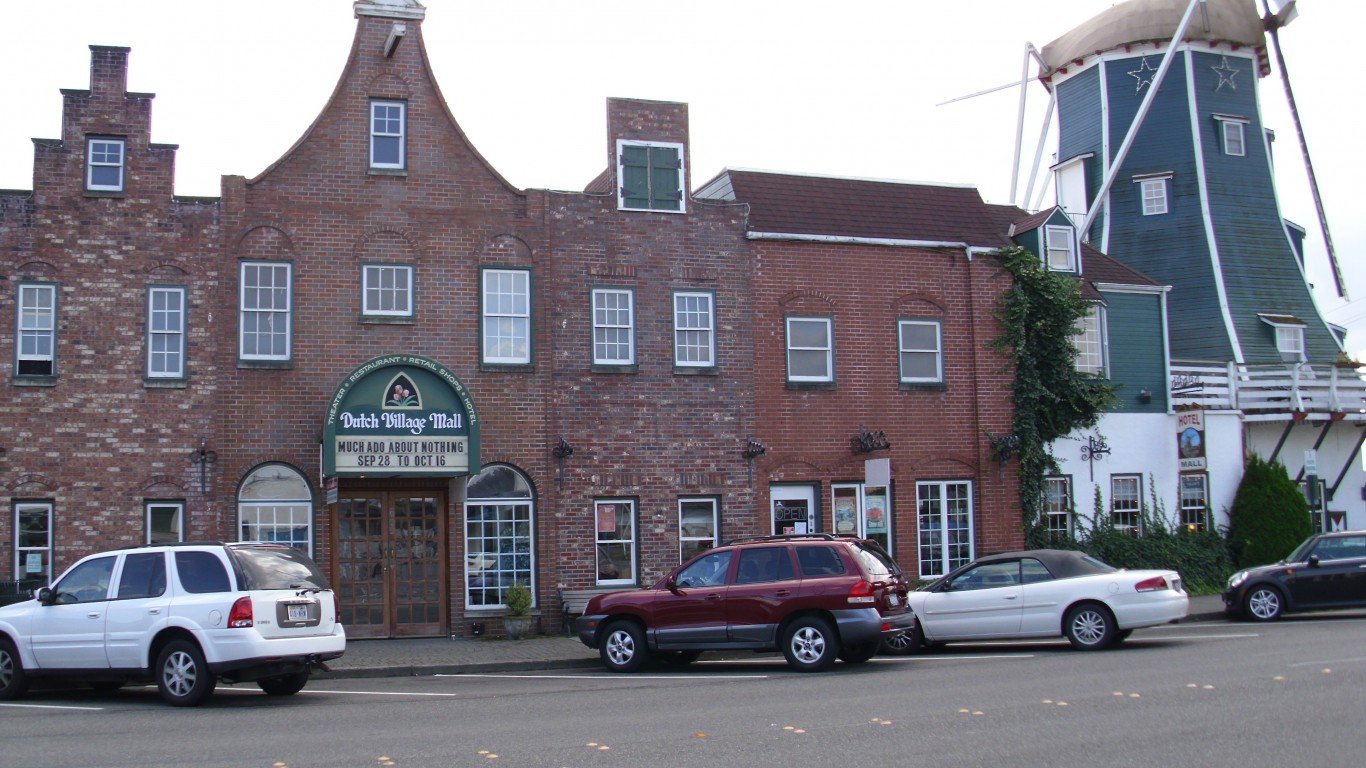
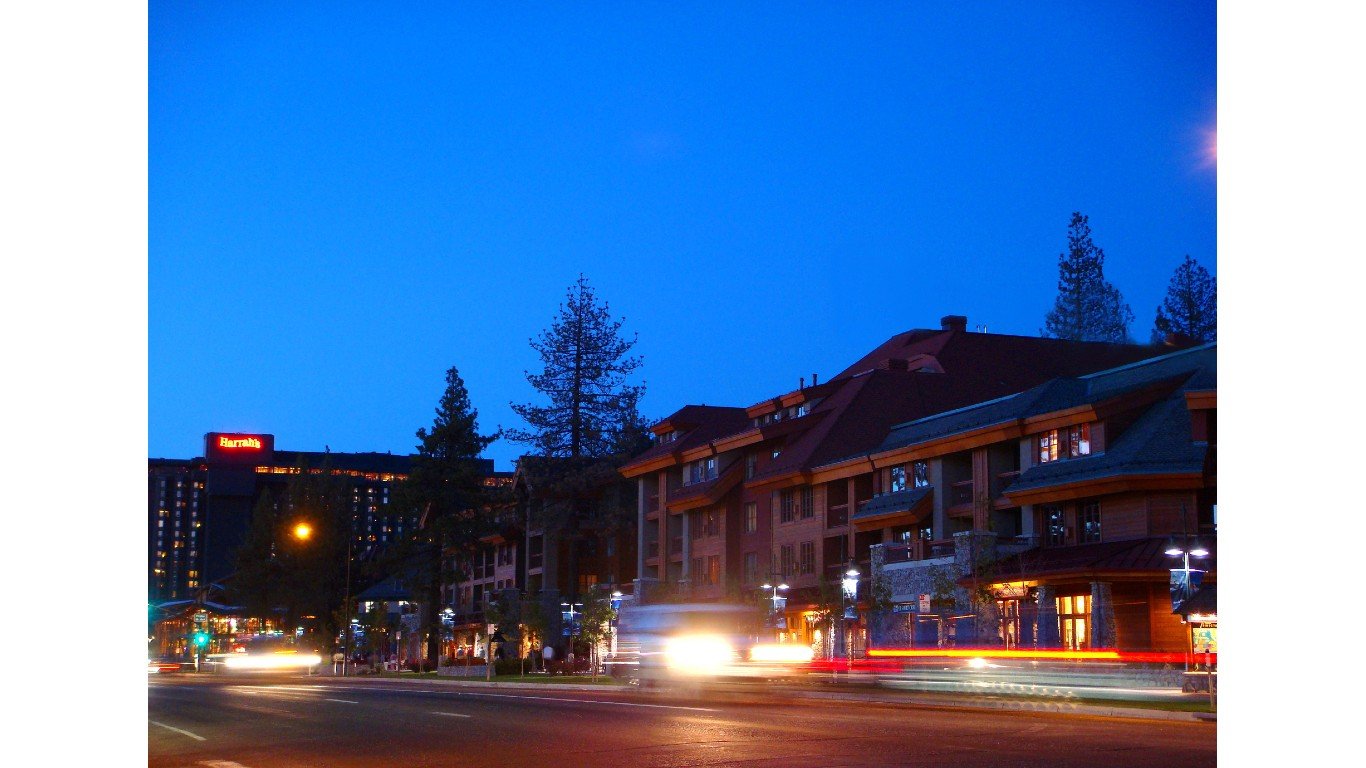
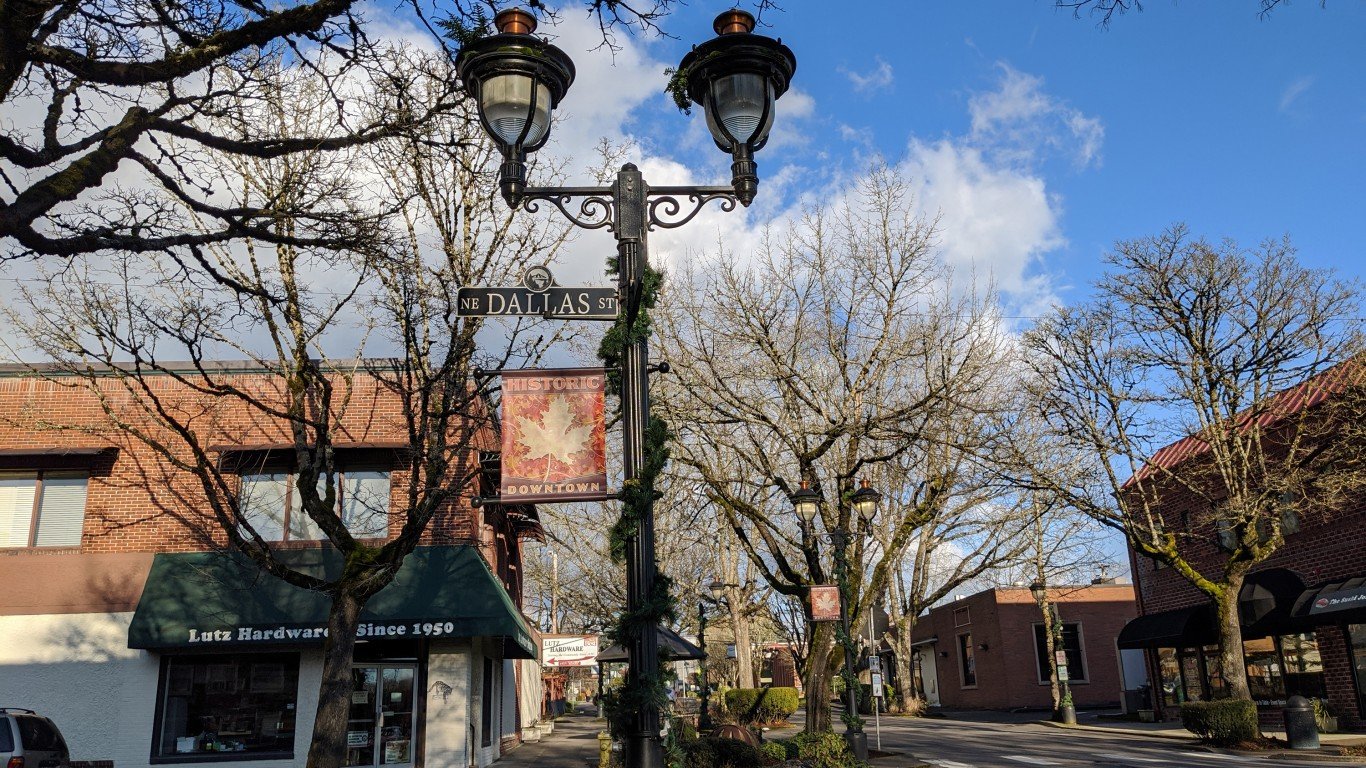

 24/7 Wall St.
24/7 Wall St.
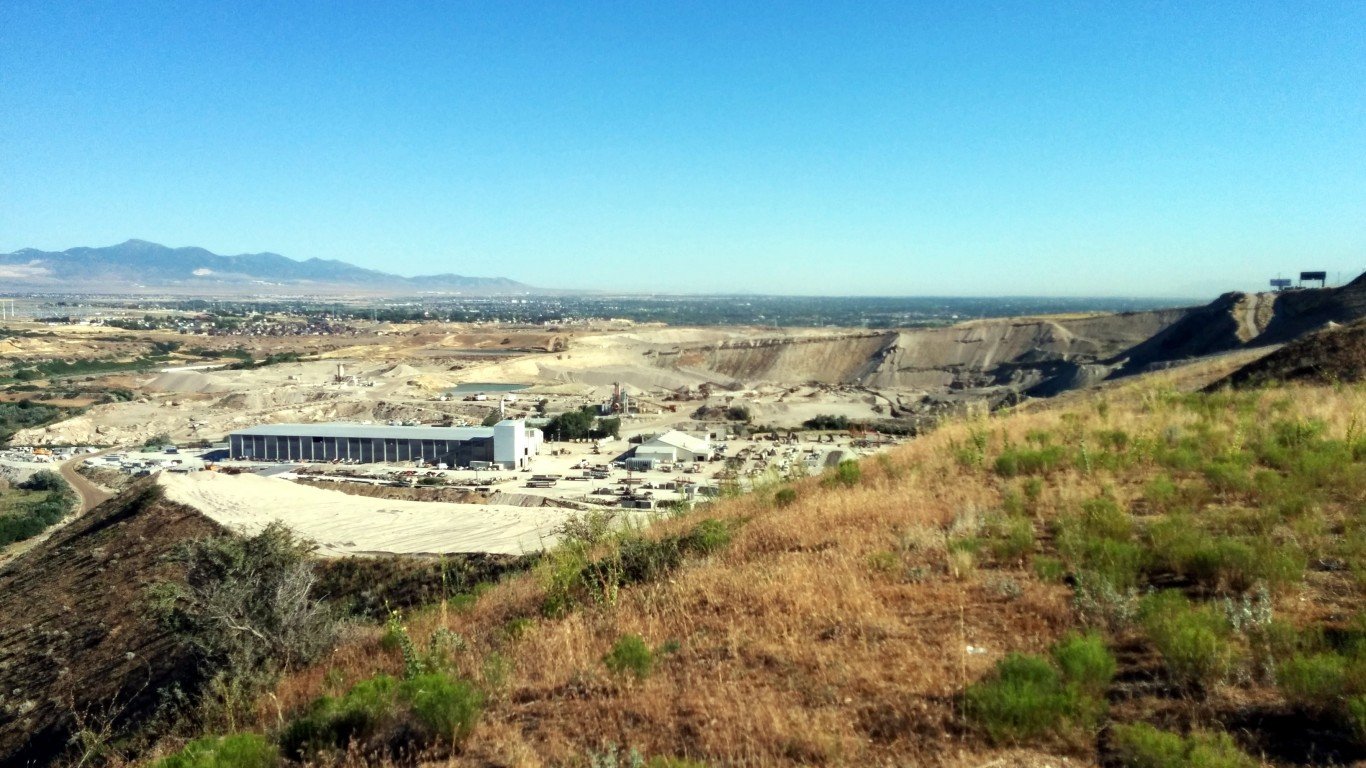

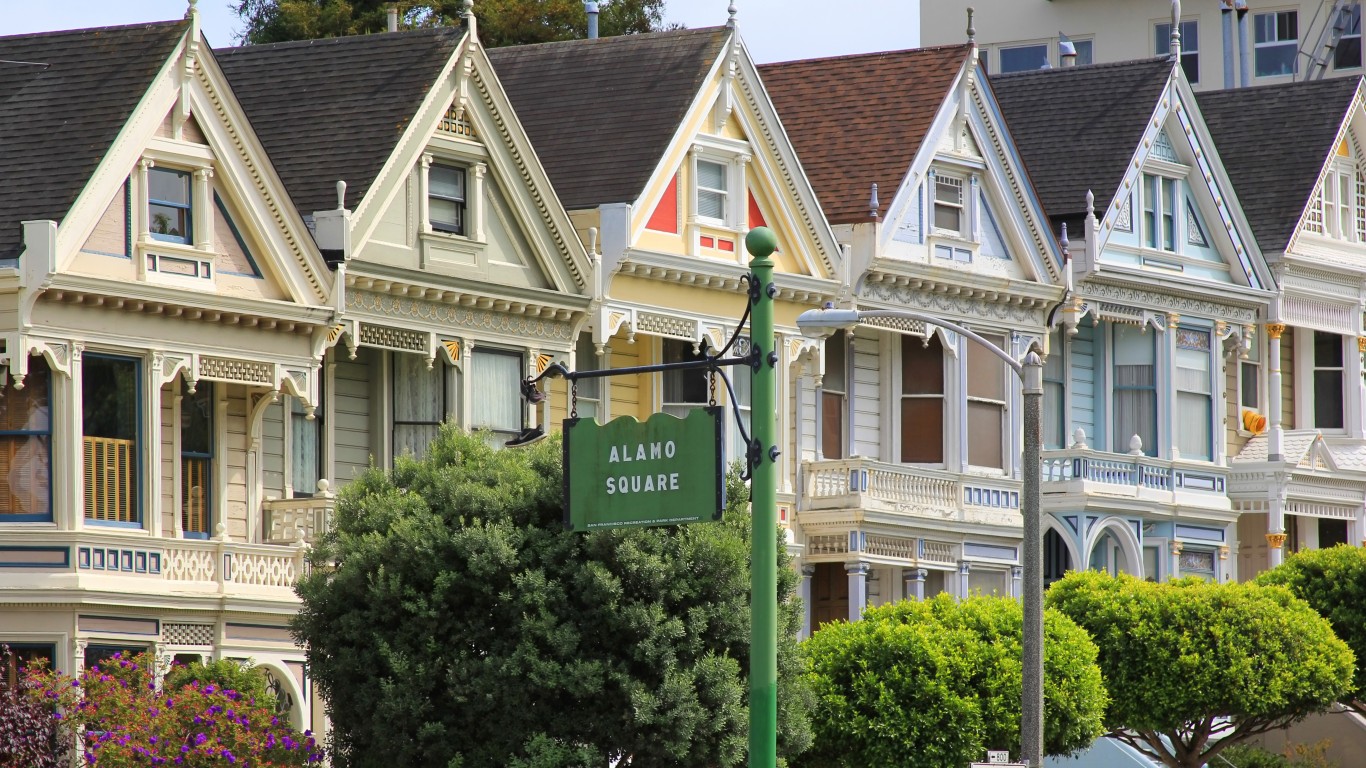 24/7 Wall St.
24/7 Wall St.